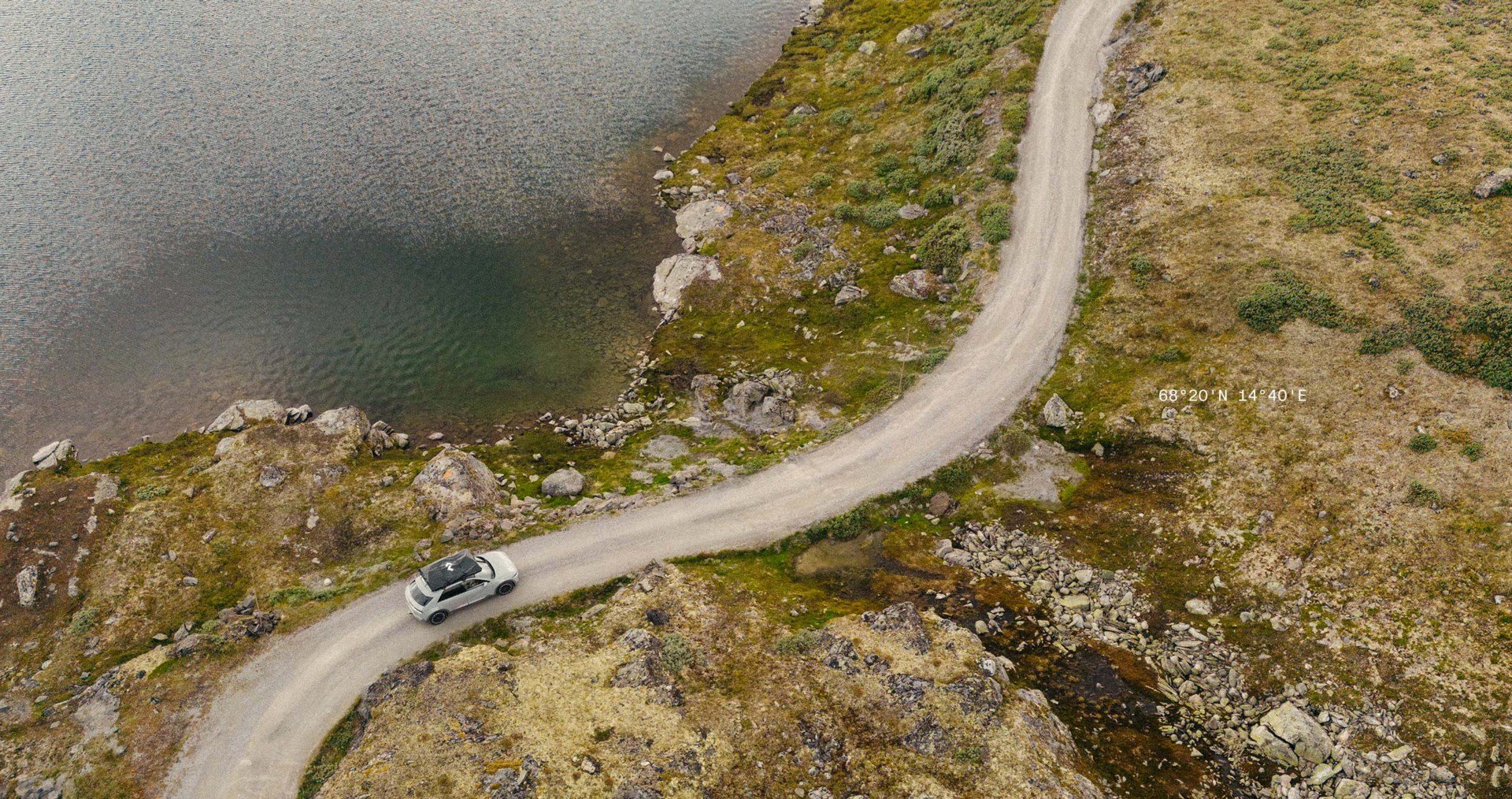
Everything you need to get outdoors
Discover Dometic GO
Shop by Activity
Award-winning coolers
View allCFX3 Series
Dometic CFX3 100
Mobile compressor cooler, 99 l
1 199 €
Free protective cover
Dometic CFX3 95DZ
Mobile dual-zone compressor cooler, 93 l
1 299 €
Free protective cover
Dometic CFX3 75DZ
Mobile dual-zone compressor cooler, 74 l
1 099 €
Free protective cover
Your companion on the move
View all